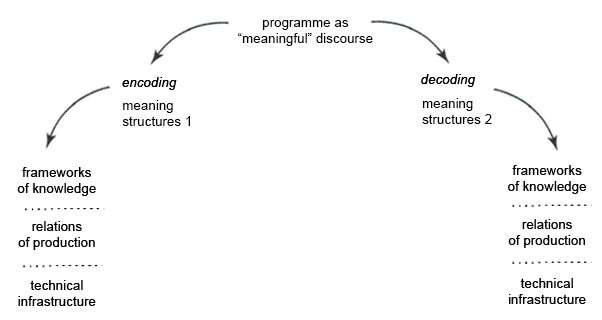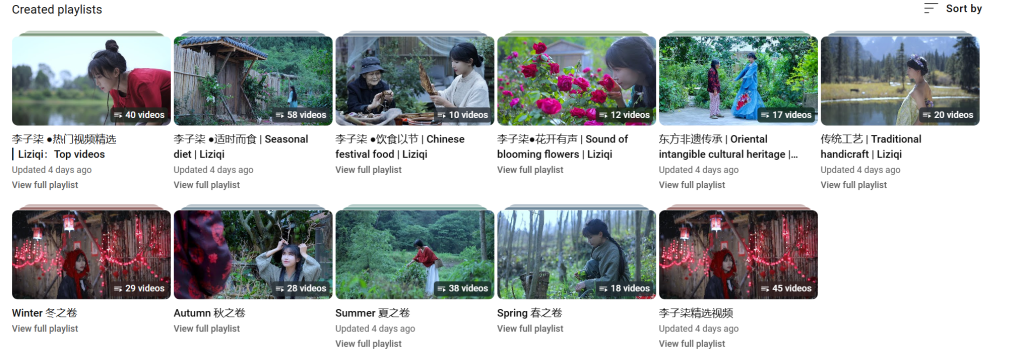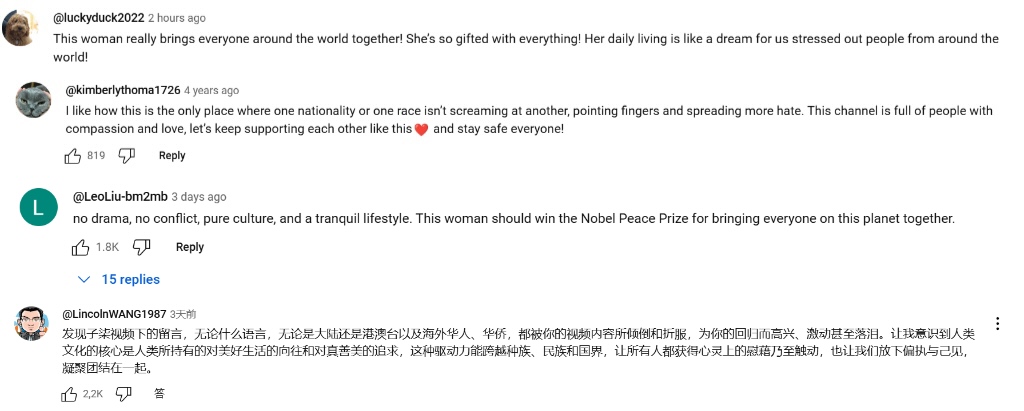
(Hall 1980: 130)
The “encoding-decoding” model is an important theoretical framework in cultural studies for understanding how information in the mass media is produced, disseminated, received and interpreted. This model tells us that messages are not simply delivered from the media to the audience, but are processed, transformed and interpreted through a context.

Blogger Li Ziqi has a huge global buzz. Her exquisite short films showcasing traditional Chinese culture, village life and handicraft production have attracted a large international audience. Why Li Ziqi’s video explode, if we look at Stuart Hall’s coding and decoding model, we can better understand the deeper reasons behind the explosion.
Encoding: Video production by Li Ziqi

Decoding: Audience Response and Multiple Interpretation
Viewers’ decoding of Li Ziqi ‘s video means how they understand and receive the content of Li Ziqi ‘s video. This decoding is not fixed, and the audience’s reaction to it depends on their cultural background, values, personal feelings and other factors.




reference: Hall, Stuart. “Encoding and Decoding in the Television Discourse.” Centre for Contemporary Cultural Studies, University of Birmingham, 1973.

